The 50 year old company has just started a company run by 12 young women.
Swimming is an obvious choice on a hot summer day. However, all outdoor activities have one drawback: for swimwear fabrics, mostly synthetic materials – nylon, Lycra, and polyester, which fail to break. It gets worse: make waste from swimming suits, superfluous fabrics, and no decorations to get the right shape.
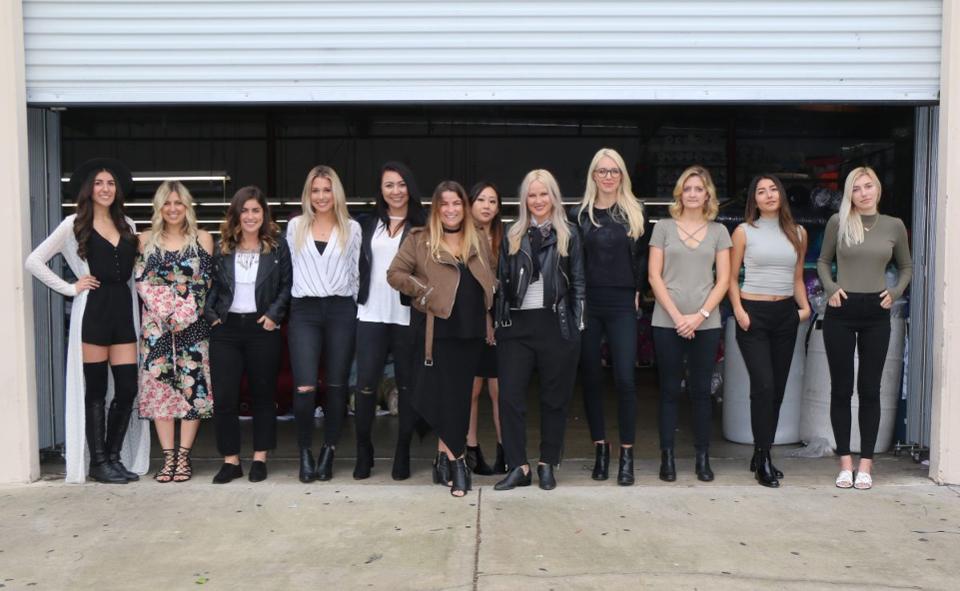
Headquartered in Orange County, the company has been in the St. Regis swimming Reef, Athena and other countries brand produces swimwear swimwear. In the swimwear industry for 50 years, they are considered a strong person. This summer, Raj swimming co CEO, Lisa Vogel and Alex Bhathal decided to experiment, thinking about how they can get into the Millennium emotion and build a more environmentally conscious swim line. They allow 12 Millennium team members, especially all women, to build a new brand: vyb (pronounced as “atmosphere”). All this proprietary brand swimwear comes from deadstock.
“I remember clearly, Yvonne Macias,” our assistant manager pointed to the colorful deadstock fabric. “Why don’t we take advantage of the fabric we already have?” In a flash, we had such an epiphany moment, and in general, we decided to take the vyb deadstock root as a brand, “says Holly Harshman, 29, director of marketing at vyb.
In essence, training a new brand – Raj, swimming, and potentially new companies – explains Britt, Hertel, 12 women in vyb. “Vyb as an extraordinary setting for a true extension of our group, we are able to make a brand because we have been producing luxury goods from the company that has been operating for 50 years. Different startup, vyb have foundation, because we have the expertise in place and the necessary resources in hand fabric, pattern maker, a distribution center, and so on.”
Vyb has an extra Library of 200000 yards of extra material. If fully converted, this allows 1 million 200 thousand units of swimming. Since its launch this spring, the company has produced 110 designs and a total line of more than 100000 units. Obviously, when a particular fabric is used up, the design will no longer be available. That doesn’t seem like a problem:
“Today’s millennials love to monopolize it and give them a sense of urgency, because once the fabric disappears, it disappears,” says Holly Swope, senior designer. In fact, many designs were sold out this summer, adding Hertel at swimspot, retail outlets exported by Raj.
Raj was the last American swimming swimwear manufacturer: most of the production in California, which further reduces the company’s carbon footprint. “We are not from overseas, helping to reduce our carbon footprint, shipping fabric,” Harshman said. “When it was quickly market reuse, existing fabrics eliminate color cards, process lengthy, strike accounts, and approvals.”
Of course, slow fashion, or sustainable fashion wear, may be expensive. So vyb promised to have a line of clothes and swimwear, dropping 50 dollars. “Our goal is to continue to lead the market in sustainable development and produce unique, limited edition swimming at a reasonable price,” Harshman said.
Although the company has responded positively from the customer, the vyb founder recognizes that making people care about fashion manufacturing is a long-term goal. “Consumer behavior is not going to change overnight, so it’s important to go back to our story, take quality products, affordable price points, influence the environment, and be responsible for purchasing,” said Hertel.
The vyb model, however, raises a simple question: building brands, giving free employee production lines, or incubating start-ups, driving their industries to sustainability? If vyb succeeds, not only will it benefit the environment (less fabric to the dustbin), but there will also be another source of revenue, its parent company, and a new type of customer.

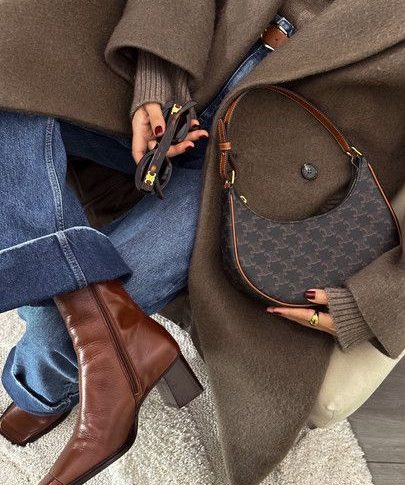
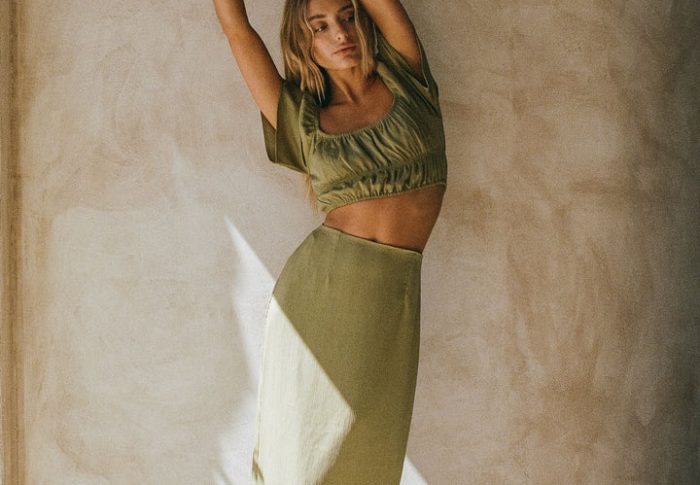
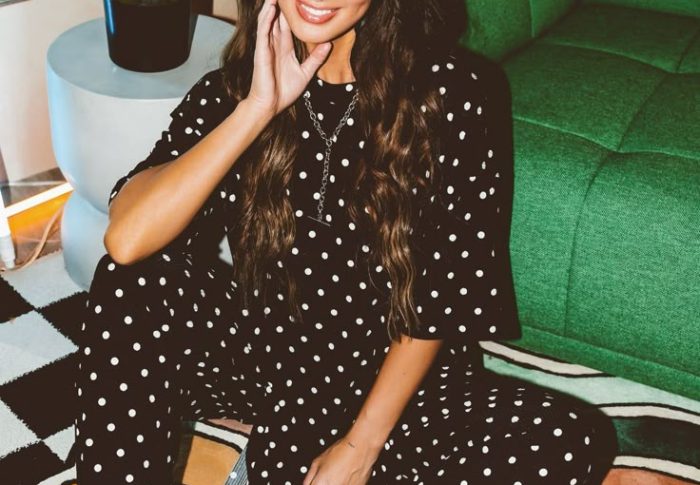
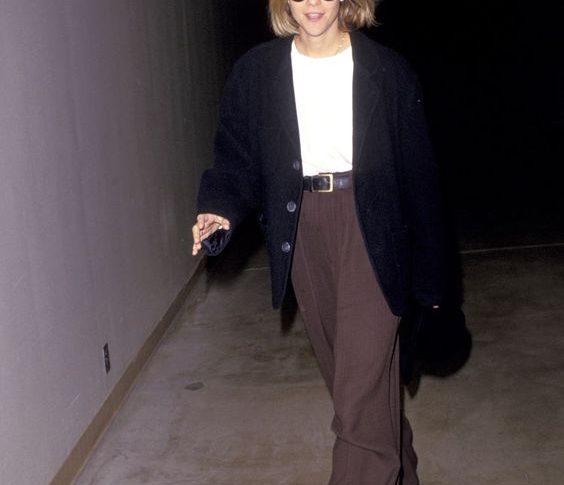
-
-
2 years
Tagged Chunky Loafers, Lace-up boots, Mules